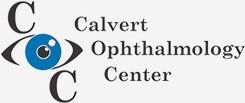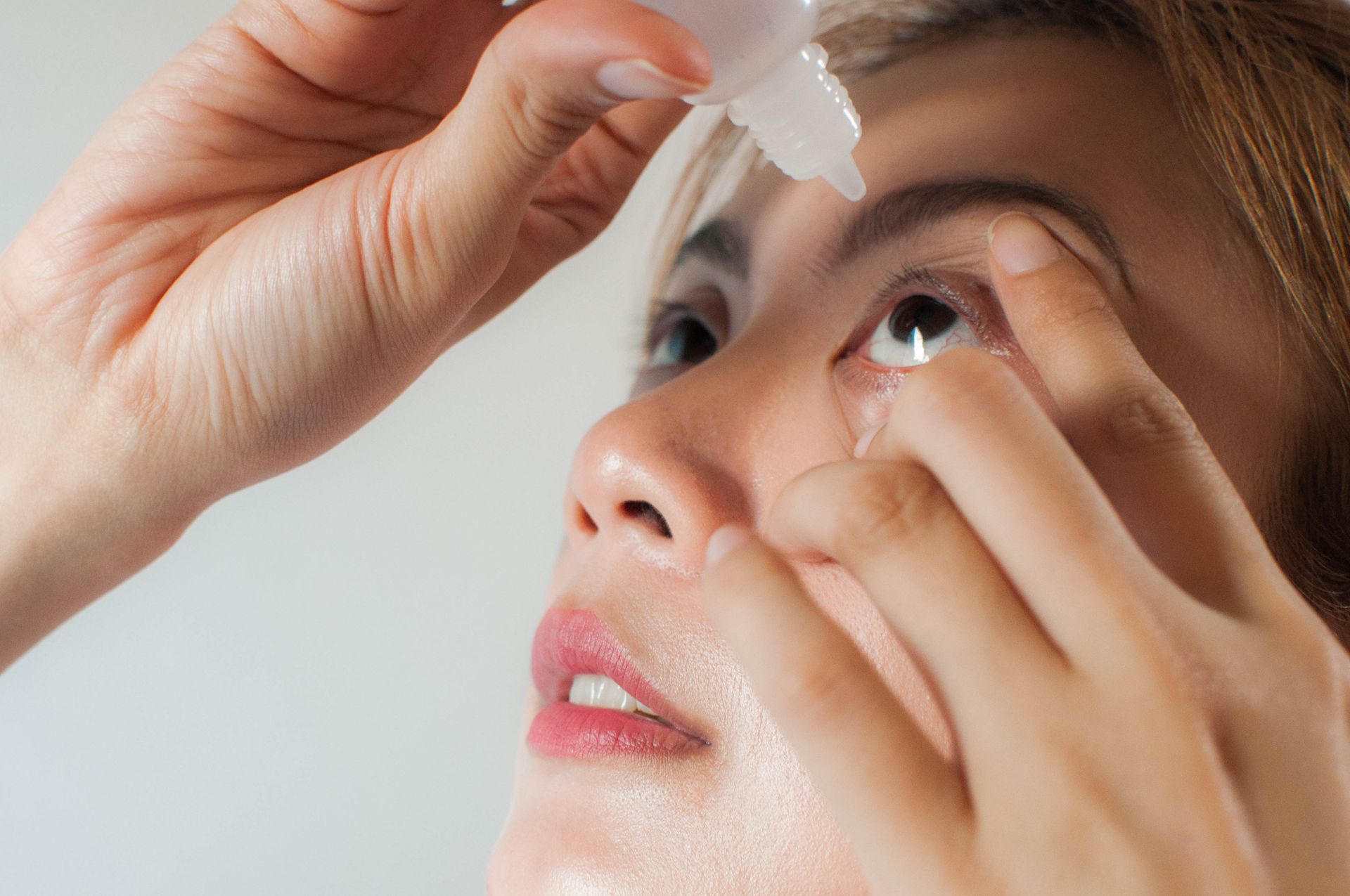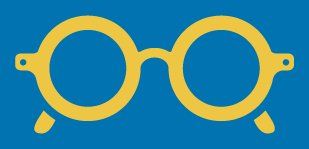4 Things You Should Know About Ptosis
- By Admin
- •
- 09 Sep, 2021
- •

People of any age can develop an eyelid problem known as ptosis. In this condition, one or both upper eyelids tend to droop downward, potentially interfering with normal eyesight and contributing to conditions such as amblyopia. Ptosis may resolve on its own, but it can also respond to treatment from an ophthalmologist.
If you or someone you know struggles with ptosis, you need to develop a basic understanding of why this condition occurs, how it impacts vision, and what treatment strategies merit consideration. Get up to speed on the subject by absorbing the following four key points about ptosis.
1. Ptosis Has Several Possible Causes
Some people have ptosis from birth due to inherited characteristics or genetic abnormalities. Others may develop it at any time of life if a disease or injury affects the eyelid's ligaments or muscles, particularly the levator palpebrae superioris (or levator muscle for short). This muscle controls the eyelid's open position.
Any damage that stretches the eyelid muscles or impairs their nerve function can produce ptosis. Natural aging may also weaken the eyelids or cause them to accumulate sagging skin and fat until they droop. While these conditions shouldn't cause alarm, a sudden droop in one eyelid may indicate a problem such as Bell's palsy or stroke.
2. Ptosis Can Lead to Vision Problems
Many cases of ptosis cause only a slight droop in one or both eyelids. You may continue to enjoy normal vision with this droop, even if you don't necessarily like what it does to your appearance. In other cases, the droop hangs over the eye to the point that it interferes with normal vision.
Children with ptosis in one eyelid can develop a vision issue known as amblyopia or lazy eye. In amblyopia, the vision center of the brain rejects the partly-blocked eye's information in favor of the other eye's more complete information. If your child has this problem, you'll want to get it evaluated before it creates long-term impairment.
In people of any age, ptosis can contribute to astigmatism, a refractive error that can create blurry vision in one or both eyes. You may also find that ptosis cuts off the top of your range of vision when you look upward.
3. Ptosis May Respond to Non-Surgical Treatment
A mild case of ptosis in an adult may not require any treatment at all. Even some cases that affect vision can clear up spontaneously. Your ophthalmologist can evaluate your ptosis carefully, look for underlying injuries or diseases that may contribute to it, and determine whether you need corrective treatment.
Conservative treatment can often correct mild to moderate ptosis. You may benefit from exercises to strengthen your levator muscles, or from eyeglasses that include a built-in crutch to help prop up the eyelid. Certain medications may also help keep your eyelid in a more normal open position.
4. Ptosis Surgery Can Correct Underlying Structural Problems
More advanced cases or stubborn cases of ptosis may require surgical correction. If a stretched or weakened levator muscle causes your ptosis, your ophthalmologist may shorten the muscle. Your eyelid won't close normally at first, so you'll need to use eye drops to moisturize your eyes during the recovery period.
Very weak muscles may need additional support from a procedure called a frontalis suspension. In this surgery, the ophthalmologist connects strands from the eyelid muscles to the muscles that control the eyebrows. This approach allows the eyebrow muscles to assist the levator muscles in keeping your eyes open.
If you have extra skin and fat hanging over your upper eyelids, that tissue may weigh down your eyelids despite the procedures described above. For this reason, your ophthalmologist may recommend an additional procedure to remove some of the excess tissue.
Calvert Ophthalmology Center can diagnose ptosis and provide both surgical and non-surgical treatment strategies to help you or your loved one enjoy a more normal eyelid appearance as well as clearer eyesight. Contact any of our ophthalmology offices today.











